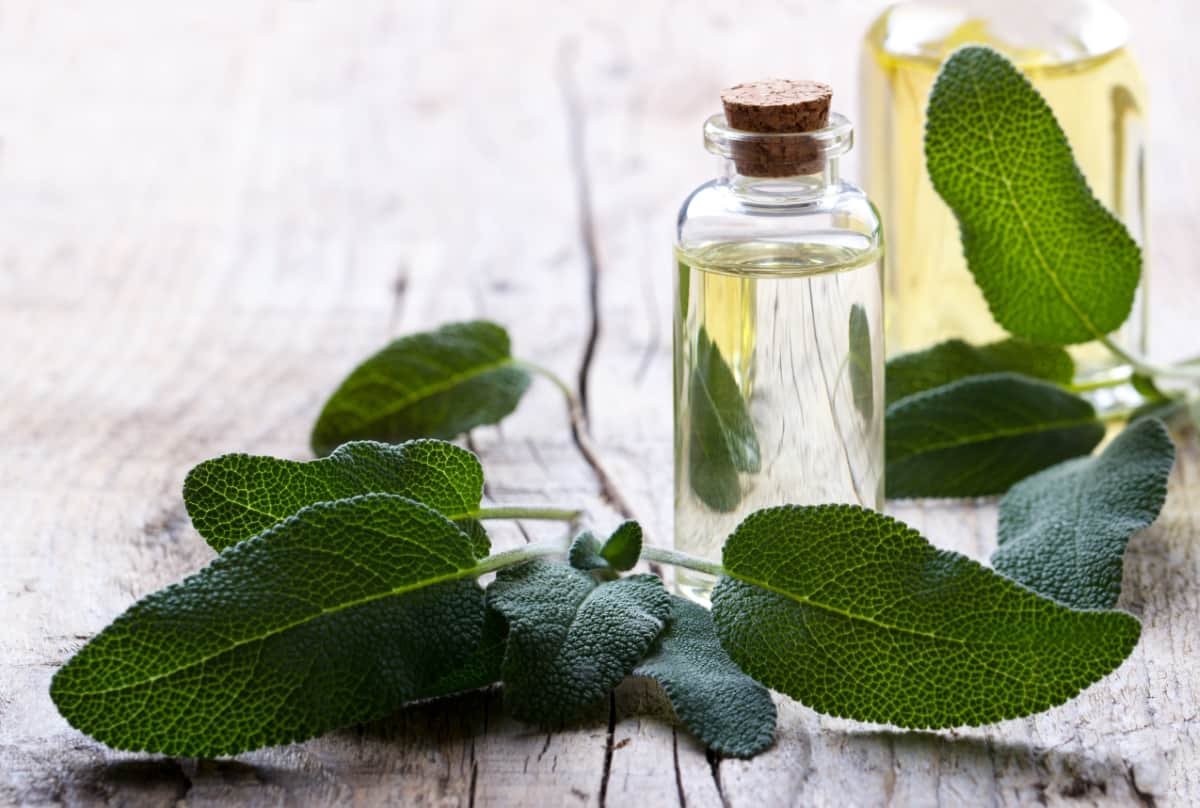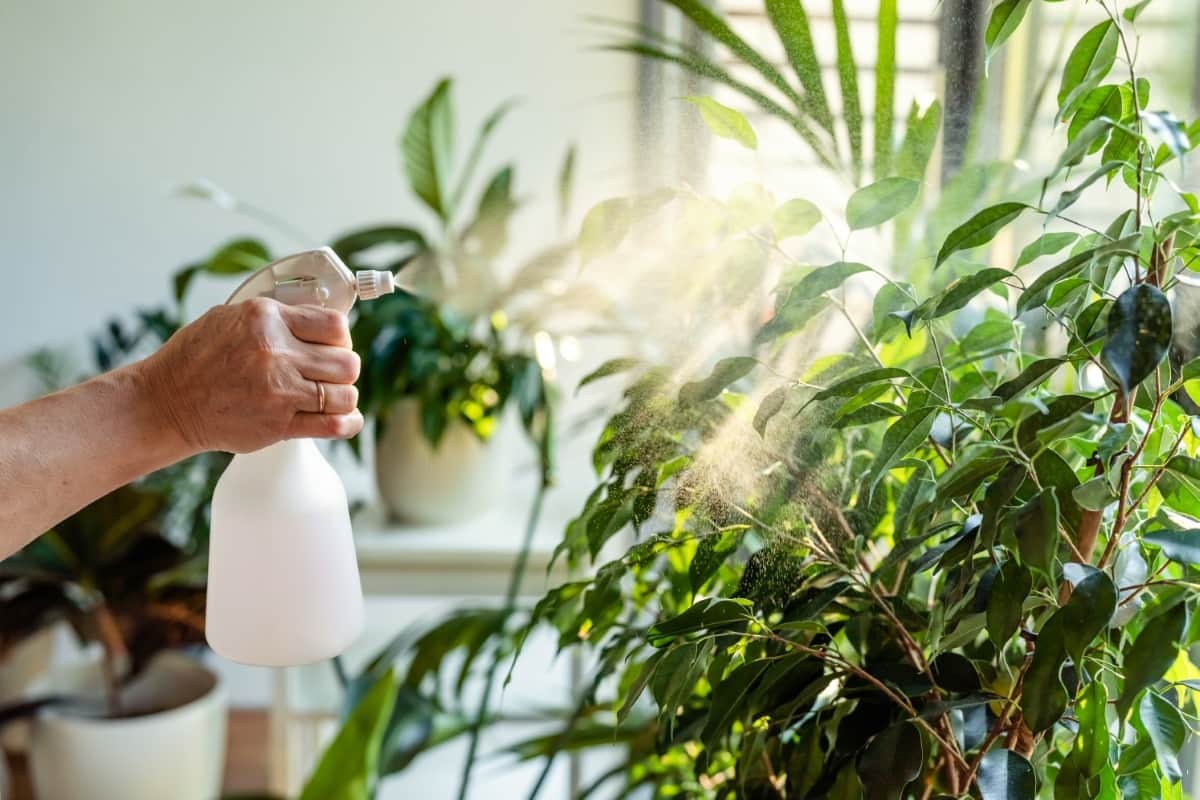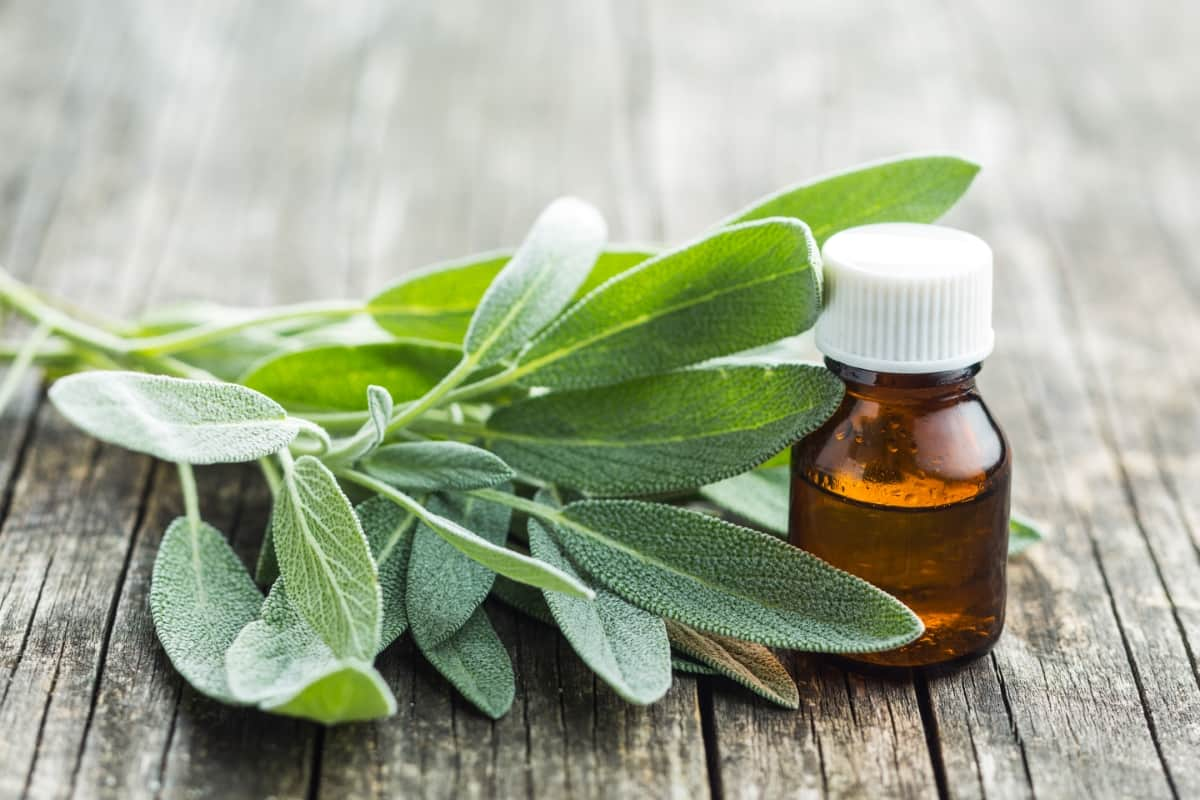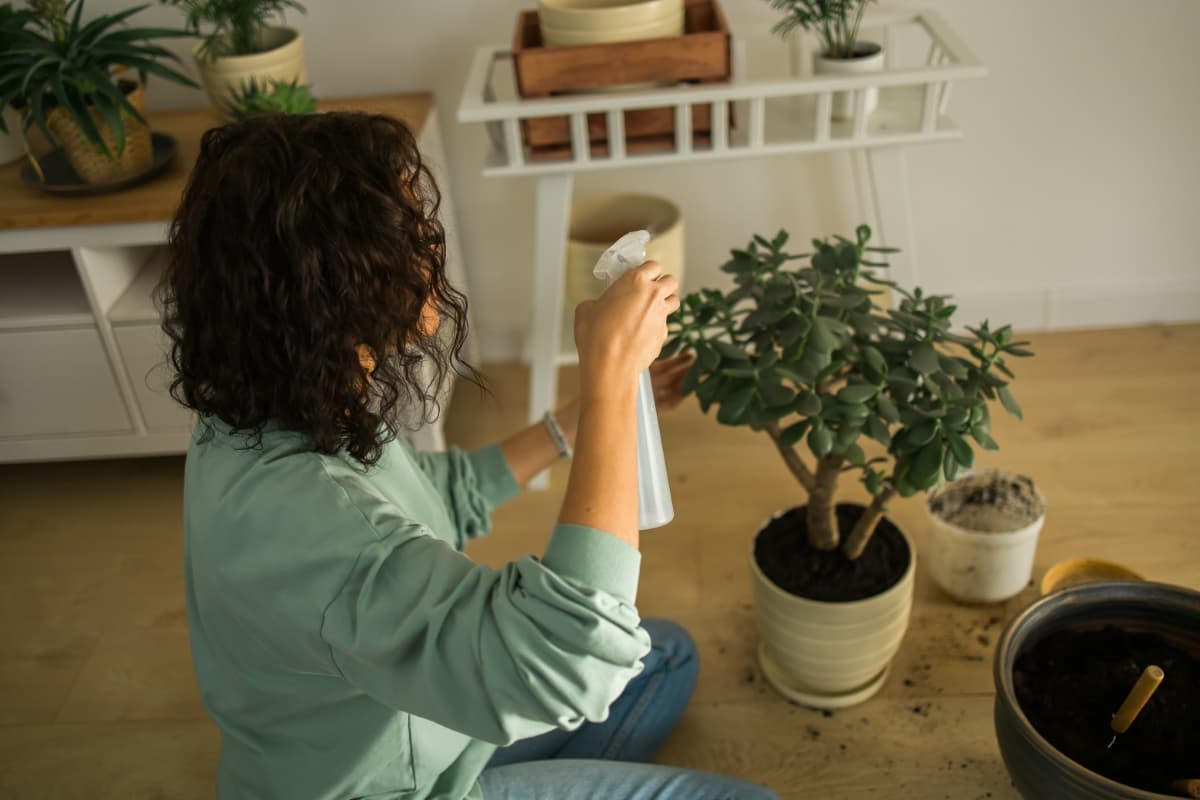Sage, the attractive culinary herb known for its distinctive aroma and woody characteristics, holds a special place in our gardens and kitchens. Scientifically named Salvia officinalis, this perennial shrub belongs to the Lamiaceae family and is native to the pristine shores of the northern Mediterranean. Sage oil is a natural and effective solution for pest control that offers numerous benefits.

How to Use Sage Oil for Pest Control
Benefits of Sage Oil as a Natural Bug Repellent
The main advantage of using Sage oil is its ability to repel pests without the use of harmful chemicals. This makes it an environmentally-friendly option that won’t harm beneficial insects or contaminate your home. Unlike commercial bug repellents that are loaded with harmful chemicals, Sage oil offers a natural alternative.
It is derived from the leaves of the Sage plant and contains no synthetic ingredients or toxins, making it safe to use around children and pets. Using Sage oil for pest control promotes overall well-being by reducing exposure to harmful chemicals found in conventional pesticides. By opting for this natural alternative, you can make a safer environment for yourself and your family while effectively keeping pests away.
Different Types of Pests that Sage Oil Can Repel
One of the most common pests that Sage oil can repel is mosquitoes. By using Sage oil as a natural mosquito repellent, you can protect yourself and your family from these harmful effects. Flies are another nuisance that can be effectively deterred by Sage oil. Flies are not only annoying but also pose health risks by spreading bacteria and disease.
Applying Sage oil to surfaces around your home or using it in homemade fly traps can help keep these unwanted visitors away. Ants are notorious for invading kitchens and pantries in search of food. They leave behind pheromone trails that attract more ants to follow suit. However, the strong scent of Sage oil disrupts their communication system and discourages them from entering your living space.
Safety Precautions when Using Sage Oil for Pest Control
Sage oil is highly concentrated, so it should always be diluted before use. Mix Sage oil with a carrier oil such as coconut or olive oil to create an effective bug-repellent. Before applying Sage oil bug repellent on your skin, perform a test on a small area first. This will help to find out if you have any allergic reactions or sensitivities to the oil. Like many essential oils, Sage oil can be toxic if ingested by children or pets. Store oil in a secure location where they cannot access it.
Methods to Use Sage Oil Bug Repellent
One common approach is to create a homemade Sage oil spray. To make this, mix a few drops of Sage oil with water in a bottle. Shake well and then apply the solution directly onto areas where pests are present or likely to enter your home. Another method is to use Sage leaves directly as a natural bug repellent. Crush some fresh Sage leaves and place them in problem areas such as windowsills, doorways, or near cracks and crevices where insects tend to enter. The strong aroma of the crushed leaves acts as a deterrent for bugs.
In case you missed it: How to Use Clove Oil for Pest Control: DIY Homemade Recipe of Clove Oil for Natural Bug Repellent

You can also try burning dried Sage bundles around your home or garden. This technique not only helps repel pests but also adds a pleasant herbal scent to your space. For those dealing with outdoor pests like mosquitoes, consider planting Sage plants in your garden. Mosquitoes dislike the smell of Sage, so having these plants around can help keep them at bay.
Step-By-Step Guide on How to Make Sage Oil Bug Repellent at Home
- Gather the necessary ingredients: To make your own Sage oil bug repellent, you will need fresh or dried Sage leaves, a carrier oil, and a glass jar with a tight-fitting lid.
- Prepare the Sage leaves: If using fresh Sage leaves, wash them and allow them to dry completely. If using dried Sage leaves, there is no need for further preparation.
- Infuse the carrier oil with Sage: Fill the glass jar halfway with dried or chopped fresh Sage leaves. Pour carrier oil into the jar to cover the herbs completely.
- Seal and store: Once you have added the carrier oil, seal the jar tightly with its lid. Please place it in a cool, dark place for about two weeks to allow the oils from the Sage leaves to infuse into the carrier oil.
- Strain and transfer: After two weeks, strain out all solid particles by pouring the infused mixture through a fine-mesh strainer into another clean container.
- Apply and enjoy: Your homemade Sage oil bug repellent is now ready for use. Apply it directly onto your skin before heading outdoors, or dilute it further if desired by mixing it with additional carrier oils like coconut or jojoba oil.
Using Sage Oil for Indoor Pest Control
To use Sage oil for indoor pest control, start by diluting this oil in water or carrier oil. You can then apply this mixture to areas where pests are known to frequent, such as around windows and door frames or along baseboards. Additionally, be cautious not to apply it directly onto surfaces that may stain or become damaged by the oils. By utilizing Sage oil for indoor pest control, you can keep unwanted critters at bay while maintaining a chemical-free environment in your home.
Using Sage Oil for Outdoor Pest Control
To use Sage oil for outdoor pest control, dilute a few drops of Sage essential oil with water in a spray bottle. Shake well before each use, and then spray the mixture around areas where pests tend to gather or enter your outdoor space. The strong scent of Sage acts as a deterrent to many insects, making them less likely to invade your yard. You can also apply the diluted Sage oil directly onto plants that are prone to insect infestations.
In case you missed it: How to Use Cinnamon Oil for Pest Control: DIY Homemade Recipe of Cinnamon Oil for Natural Bug Repellent

How to Mix Sage Oil for Pest Control
Mixing Sage oil for pest control is a simple yet effective way to keep those pesky bugs away from your home. First, gather fresh or dried Sage leaves and crush them to release their natural oils. You can use a mortar and pestle or chop the leaves finely with a knife. Next, heat a carrier oil such as almond oil in a pan over low heat. Add the crushed Sage leaves to the warm oil and stir gently.
Allow the oil mixture to simmer for 30 minutes, stirring occasionally. This will help infuse the carrier oil with the aromatic properties of the Sage leaves. Once done, strain out any plant matter using cheesecloth or a fine-mesh strainer. Transfer your homemade Sage oil bug repellent into an empty spray bottle or container for easy application. Remember to label it properly so you don’t confuse it with other household products.
Frequently Asked Questions (FAQ) on Using Sage Oil for Pest Control
Will Sage Oil Hurt My Plants?
Fortunately, Sage oil is generally safe for most plants when used properly. However, it’s important to keep a few things in mind to ensure the well-being of your greenery.
Can I Use Other Essential Oils Along with Sage for Enhanced Effectiveness?
Absolutely. Combining different essential oils can create a more powerful bug-repellent blend. Some great options include lavender, citronella, eucalyptus, or lemongrass oils – all known for their insect-repellent properties.
How Often Should I Apply the Homemade Sage Oil Bug Repellent?
The effectiveness duration may vary depending on various factors such as weather conditions and insect activity levels in your area; however, reapplying every few hours should provide optimal protection.
In case you missed it: How to Use Neem Oil in Polyhouse: Best Way to Get Rid of Bugs Naturally from Polyhouse Crops

Conclusion
Sage oil is versatile in its effectiveness against a wide range of pests. Whether you’re dealing with ants, flies, mosquitoes, or even spiders, Sage oil can help keep them at bay. Its strong scent acts as a deterrent and disrupts their sensory receptors, making them less likely to invade your space.
- Types of Fungicides Used in Agriculture
- Common Issues in the Fruit Development Stage of Pomegranate Farming
- Fruit Development Issues in Papaya: Easy Solutions and Treatment
- Soil-Borne Diseases and How to Protect Your Plants
- Practices to Prevent Disease Spread in the Garden
- From Wilted to Thriving: How to Treat Root Rot Naturally in Houseplants
- Natural Remedies to Cure Brown Spots on Fig Tree Leaves
- Natural Solutions for Poinsettia Problems: 100% Effective Remedies
- How to Control Calla Lily Problems: Natural Remedies for Leaf and Flower Problems